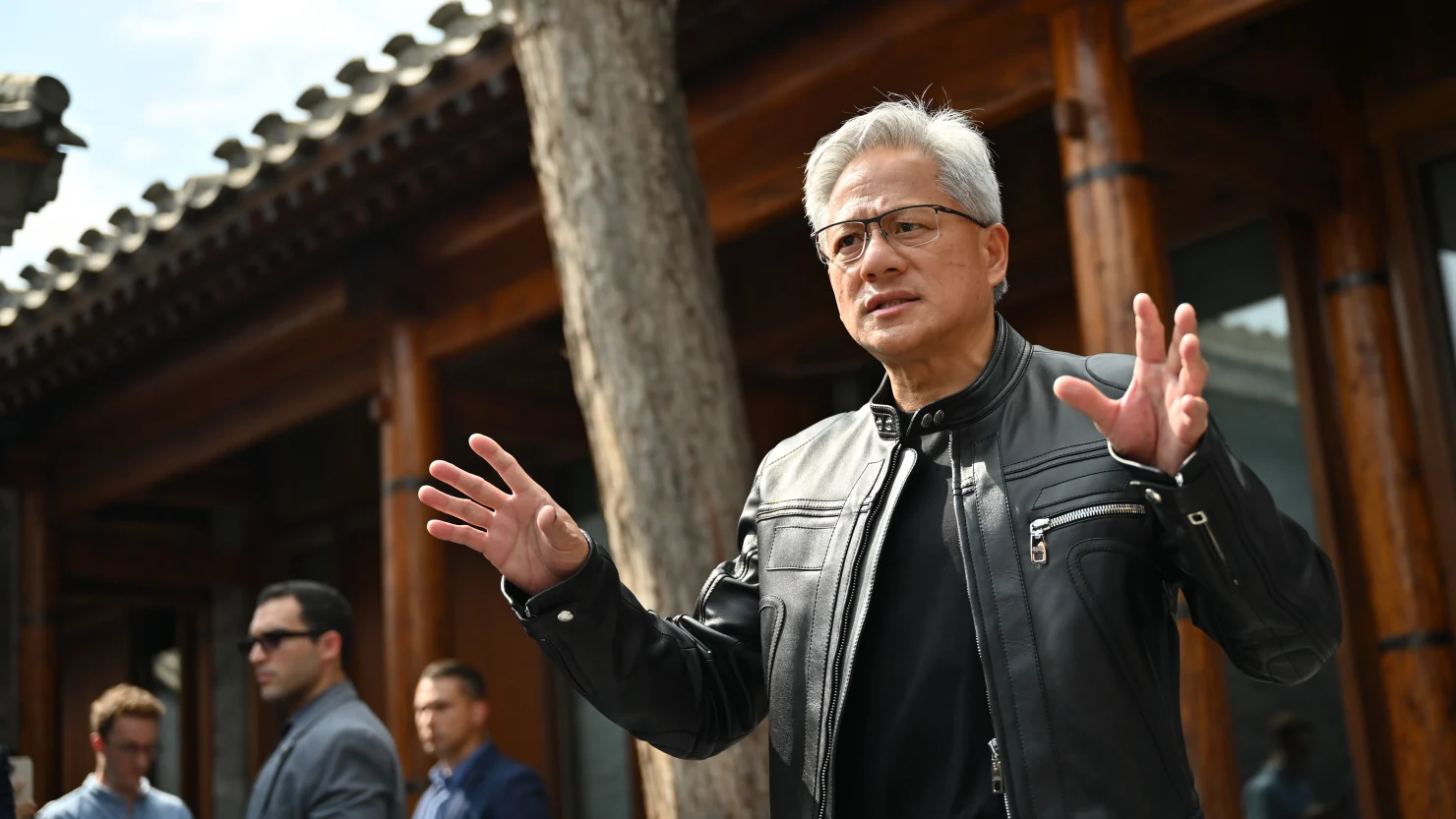Publisher: Maaal International Media Company
License: 465734
Bank of Japan weighs raising inflation forecasts closer to 2% target
اقرأ المزيد
The Bank of Japan is considering raising its inflation forecasts in January to show price growth close to its 2% target in fiscal 2024, Nikkei has learned, a move that could provide grounds for a pivot away from ultraloose monetary policy.
The proposed changes would show the core consumer price index, or prices excluding fresh food, rising around 3% in fiscal 2022, at least 1.6% but less than 2% in fiscal 2023, and nearly 2% in fiscal 2024, people familiar with discussions at the BOJ said.
A sustained pickup in inflation would suggest a real shift in the economy after years of near-zero to negative core CPI growth since the 2000s.
All eyes are on BOJ policymakers after they surprised markets this month with a policy adjustment that many saw as an admission that the central bank needs to let interest rates rise from rock bottom.
The previous inflation forecasts released in October came in at around 2.9%, 1.6% and 1.6%, respectively. The new projections will be released in the central bank’s next quarterly economic outlook report, due out after its policy board meeting on Jan. 17 and 18.
Japan’s fiscal year begins in April.
High commodity costs have pushed up prices for a wide range of goods, including electricity, gasoline, food and home appliances.
Japan’s core CPI jumped 3.7% on the year in November, the fastest pace in 41 years. The BOJ’s trimmed mean indicator, which excludes the top and bottom 10% of price changes in the CPI basket, climbed 2.9% that month — the most in comparable data going back to 2001.
In wages, another factor in inflation, more companies are moving to raise pay.
ome of the factors driving import prices higher, such as soaring energy costs and the weak yen, are expected to abate in fiscal 2023. The government has put together a stimulus package to lighten the burden on households. Private-sector forecasts show inflation clocking in around 1.7% in fiscal 2023.
Even so, the BOJ believes that inflationary pressures have strengthened since October as businesses pass on higher costs to consumers. For fiscal 2024, the central bank sees inflation moving higher as prices that had been held down by the stimulus rebound.
Many at the BOJ are wary of changing course on monetary policy, with inflation expected to drop below 2% next fiscal year and technical factors contributing to the fiscal 2024 rebound. But the growing trend of wage hikes, a major focus for the bank, leaves it with less reason to maintain its ultraloose policy.
The BOJ decided at its last policy board meeting in December to raise the top of its target band for long-term interest rates from 0.25% to 0.5%. Though Gov. Haruhiko Kuroda said that this was not a step toward an exit from ultraloose monetary policy, many market players saw the move paving the way toward one.








